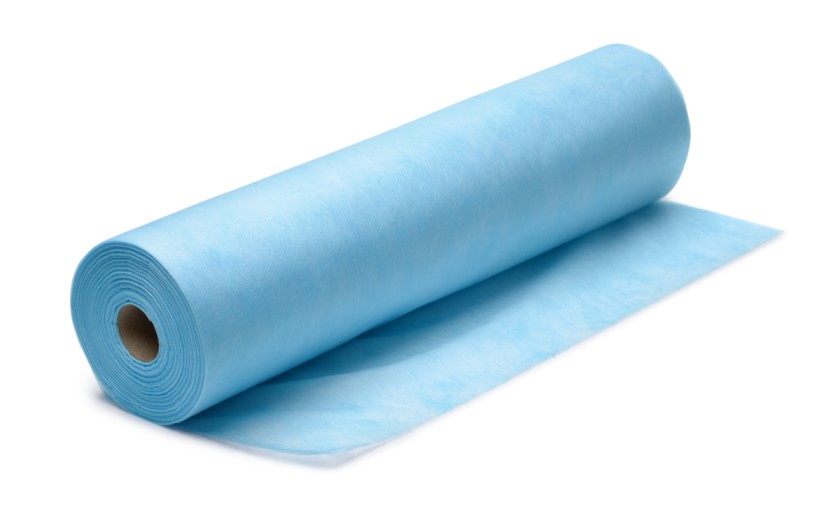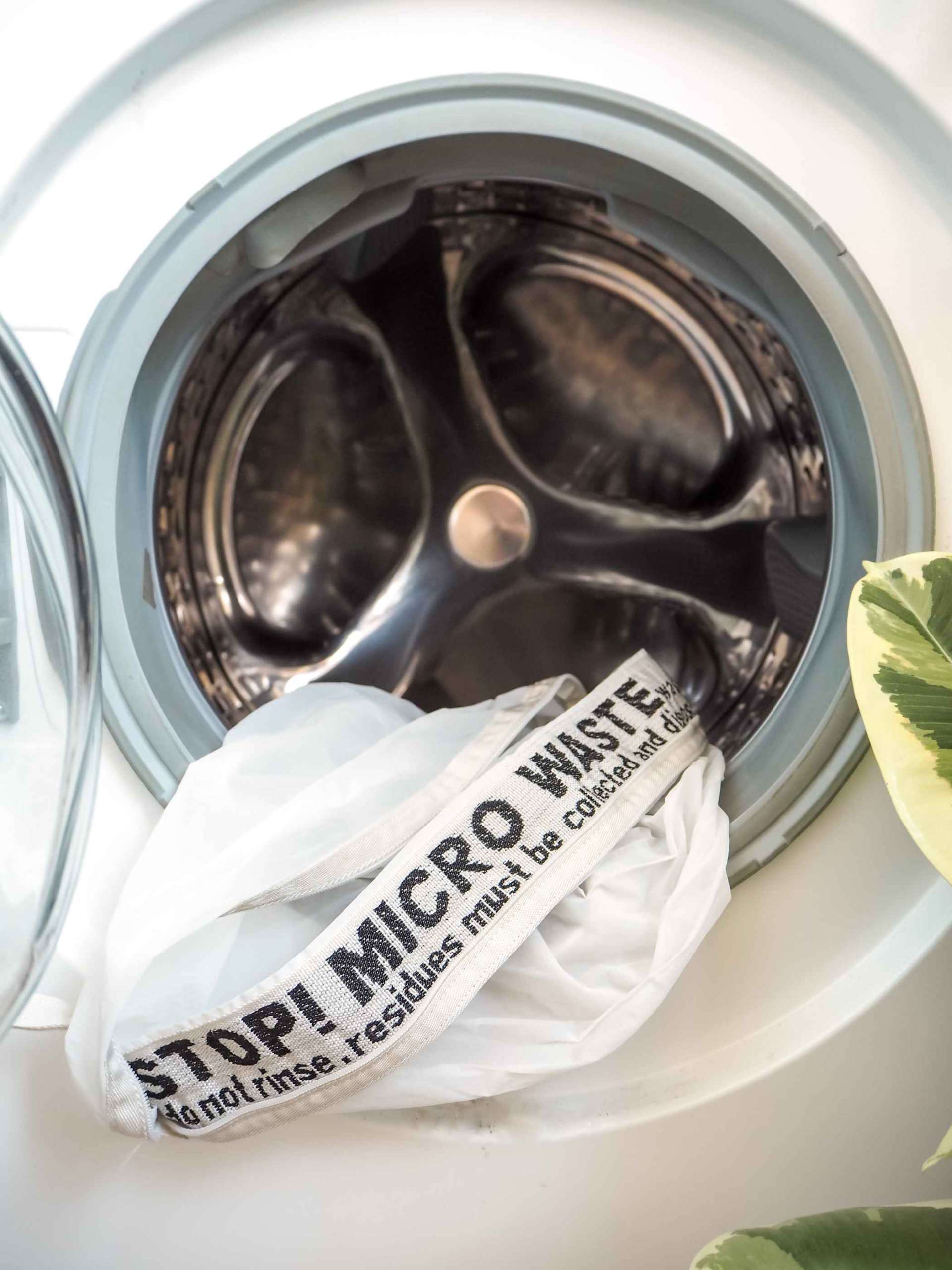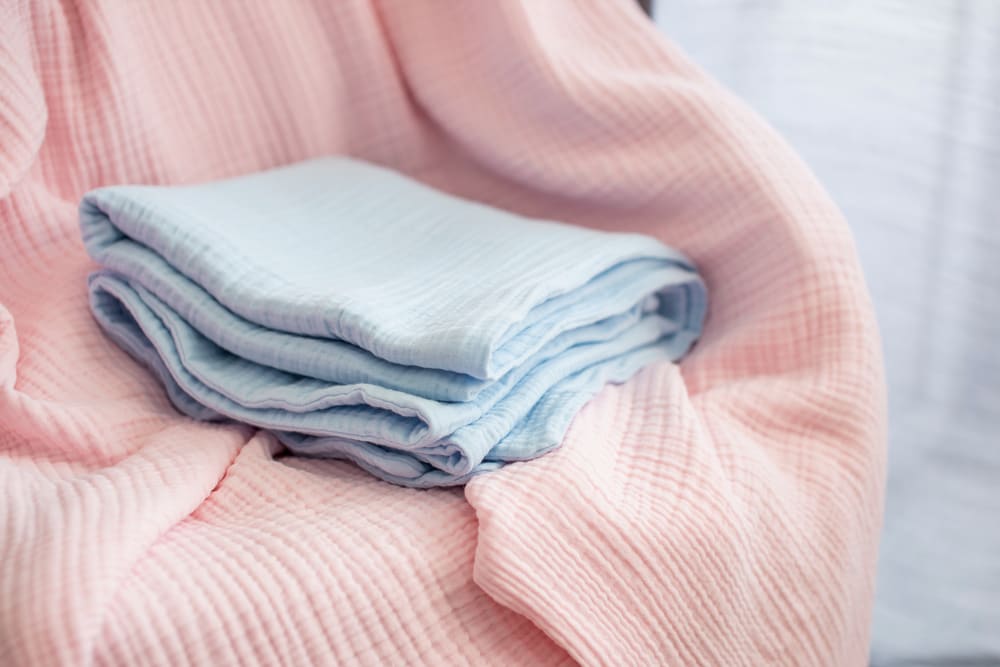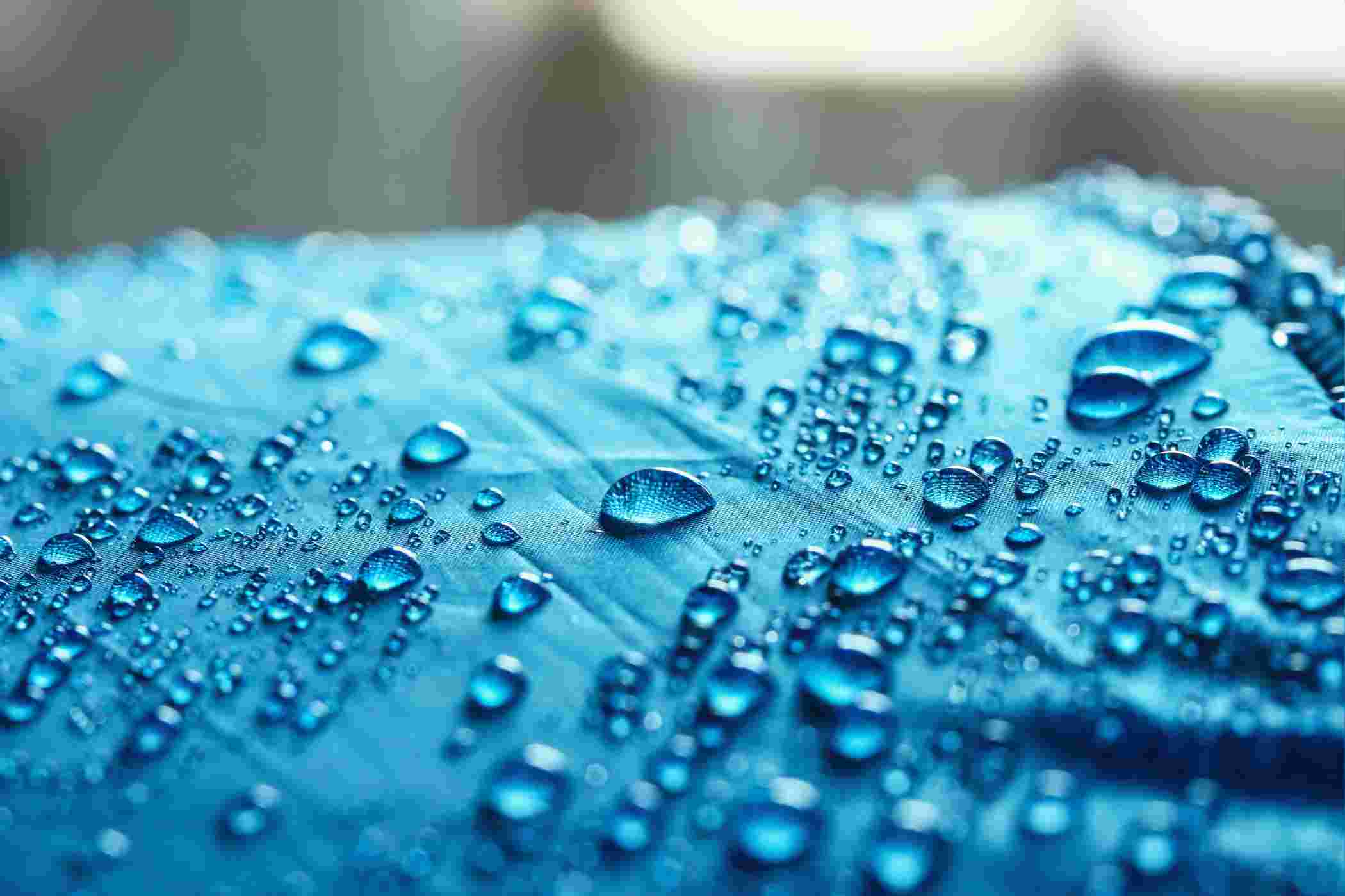Top 10 Non-Woven Fabric Options For Garments



The textile industry has been evolving with newer and more versatile innovations coming in. In recent years, one such innovation has been non-woven fabric. It has emerged as an extremely important segment of the textile industry. These fabrics are soft, affordable, have great elasticity, and can be produced to be environmentally friendly.
Fashion and apparel brands are highly opting for the non-woven fabric to design garments nowadays. Made from staple fiber and long fiber, bonded together by mechanical, chemical, and heat treatments, it is simply a unique kind of fabric that is neither woven nor knitted. Other than fashion brands, other industries such as commercial, household, and healthcare also prefer non-woven fabrics over woven or knitted ones.

Listed below are 10 types of non woven fabric for garments –
1. Spunbond non-woven
The Spunbond Polypropylene fabric is used in the majority of day-to-day applications. It is one of the most commonly used non-woven fabrics, making it best for the fashion and apparel industry. Though this fiber is not itself biodegradable, it can be made so by using biodegradable fibers. This type of fiber is made by the processes of fiber spinning, web formation, and bonding.
2. Spunlace non-woven
Spunlace fabric is extremely soft and comfortable and widely used in skincare products such as facial sheet masks, wet wipes, etc. Polymer slices, short fibers, or filaments are directly used and bonded together using air, mechanical, spunlace methods to produce this type of fabric.
3. Head-bonded non-woven
Compared to other much softer and comfortable non-woven fibers, heat bonded non-woven fabric is thinner and stiffer. Heat-bonded non-woven fabric is created by the process of heat bonding or ‘melt bonding.’ Heat bonding is also popularly known as thermal bonding. This process melts the web at fiber crossover points. The web is passed through extreme heat such as hot air and pressurized steam.
4. Airlaid non-woven
Airlaid non-woven fabric is also known as ‘dustless paper’ or ‘dry paper’ non-woven fabric. Most products obtained through airlaid technique are bio-degradable and inexpensive. ‘Airforming’ or ‘airlaying’ is a method where a web is formed by mixing fibers with air, which forms a uniform ‘air-fiber’ mixture. This mixture is then deposited on an air-permeable moving belt. Some major non-woven fabric manufacturers are Buckeye Technologies, Georgia-Pacific Nonwovens, Concert Industries, McAirlaid, Rexcell (Duni), among others.
5. Wetlaid non-woven
Wetlaid non woven fibers bear some similarities to paper, often seen in the cloth used to make tea bags, coffee pods, and wallpapers. In the process of producing wetlaid fabric, staple fibers are mixed with wood pulp or viscose, suspended in water using huge tanks. After that, the ‘water-pulp-dispersion’ or ‘water-fiber’ is pumped and deposited on a forming wire. Finally, the water is filtered and also recycled. The staple fibers used for producing this fabric are usually 12 mm in length.
6. Stitch-bond non woven
This is a type of ‘dry’ non woven fabric. It is made on a weaving machine that helps bond the web and holds it in place. Because of this method, the fabric has a very soft texture, almost like an original web. The surface of a stitch-bond fabric is flatter than the rest of the non woven fabrics and, therefore, is much more flexible. Some products which use stitch-bond non woven fabric are bags, curtains, and shoes.
7. Drylaid non woven
The preparation of fibers for drylaid web has four steps – the first step is opening, followed by cleaning, mixing, and finally, blending. These steps are then succeeded by the processes of carding (to crack up any locks and clumps present in the fiber) and web laying.
8. Acupuncture non woven
Acupuncture non woven is another ‘dry’ non woven fabric that is formed by using puncturing needles. The puncturing needles help in reinforcing a fluffy web into cloth. This type of non woven fabric is used for geotextiles, velvet flannel, blankets, embroidery cotton.
9. Meltblown non-woven
Meltblown fabric is a type of spunbond non-woven fabric whose main raw material is polypropylene. It is also known as meltblown cloth, spunbond meltblown, and meltblown non-woven. This material is used as the main filter material in all kinds of masks. It has a fluffy structure, is wrinkle-resistant, and its unique capillary structure of microfiber adds extra filtration, heat insulation, shielding, and oil absorption properties to the fiber.
10. Direct spun non-woven
Direct spun non-woven fabric is spun into a conveyer belt, and the fibers are sprayed with glues that are further pressed to form a strong and firm bond. However, the process may vary if the main fiber changes shape with heat, in which case the glue is not needed for the bonding process. So which one are you planning to use in your next design? Check out the options on Fashinza.



















